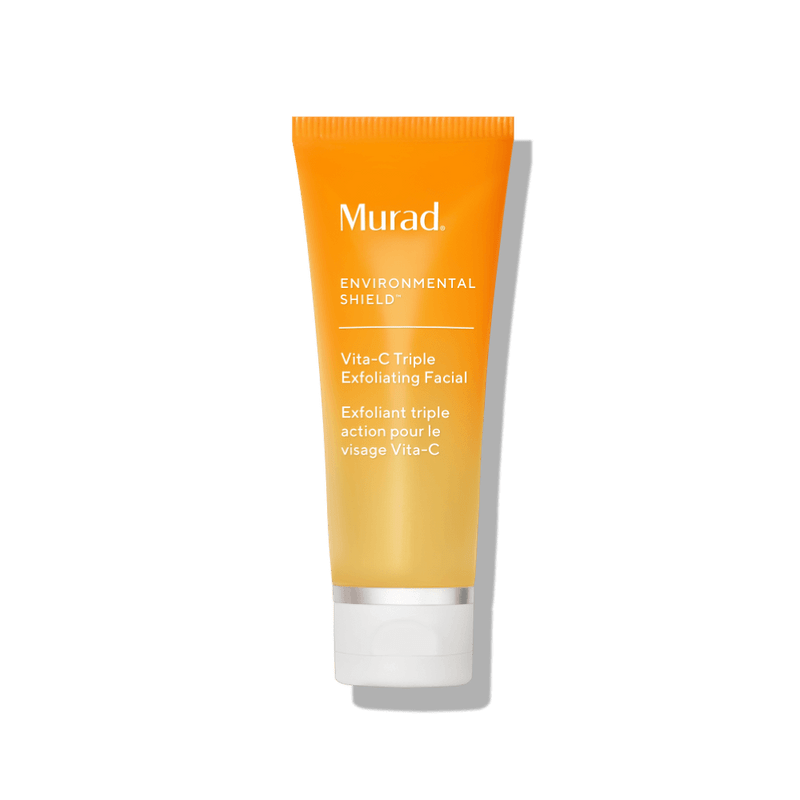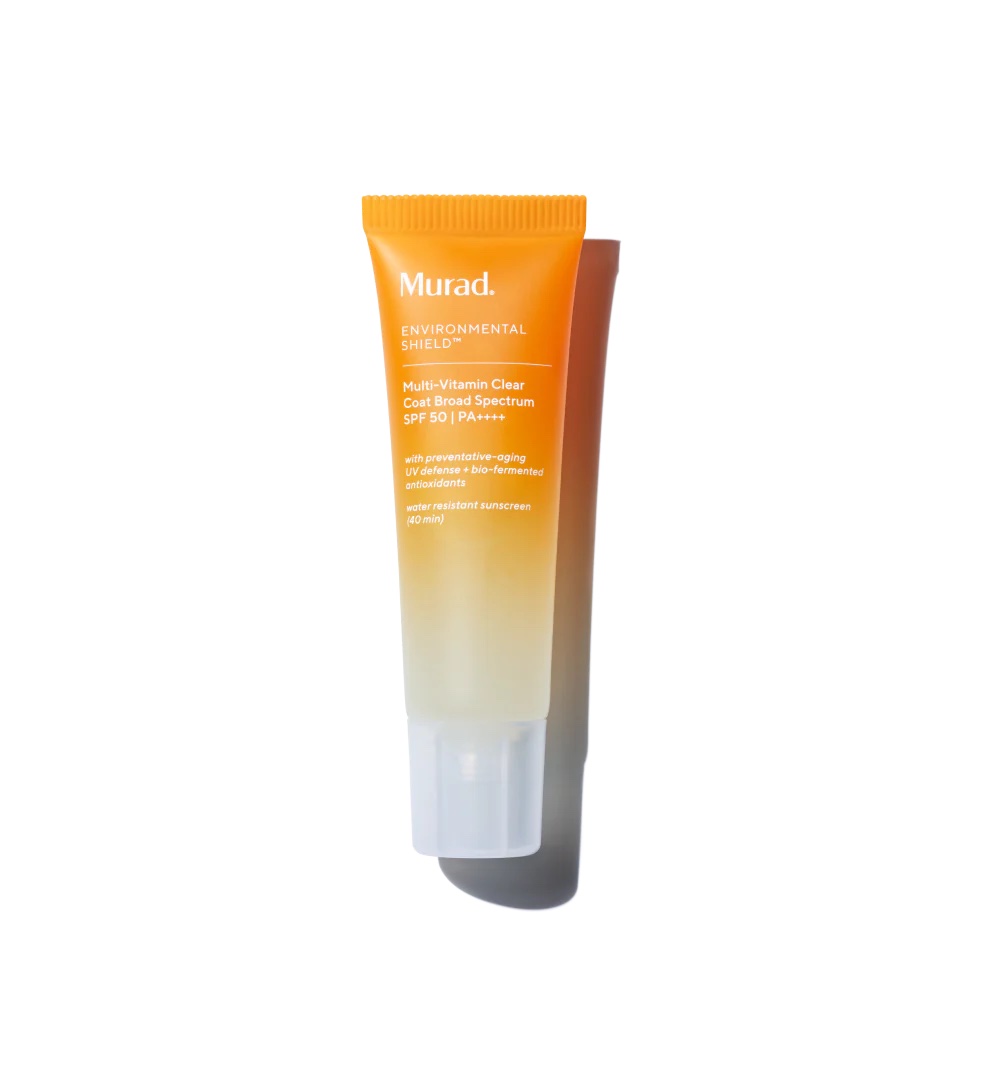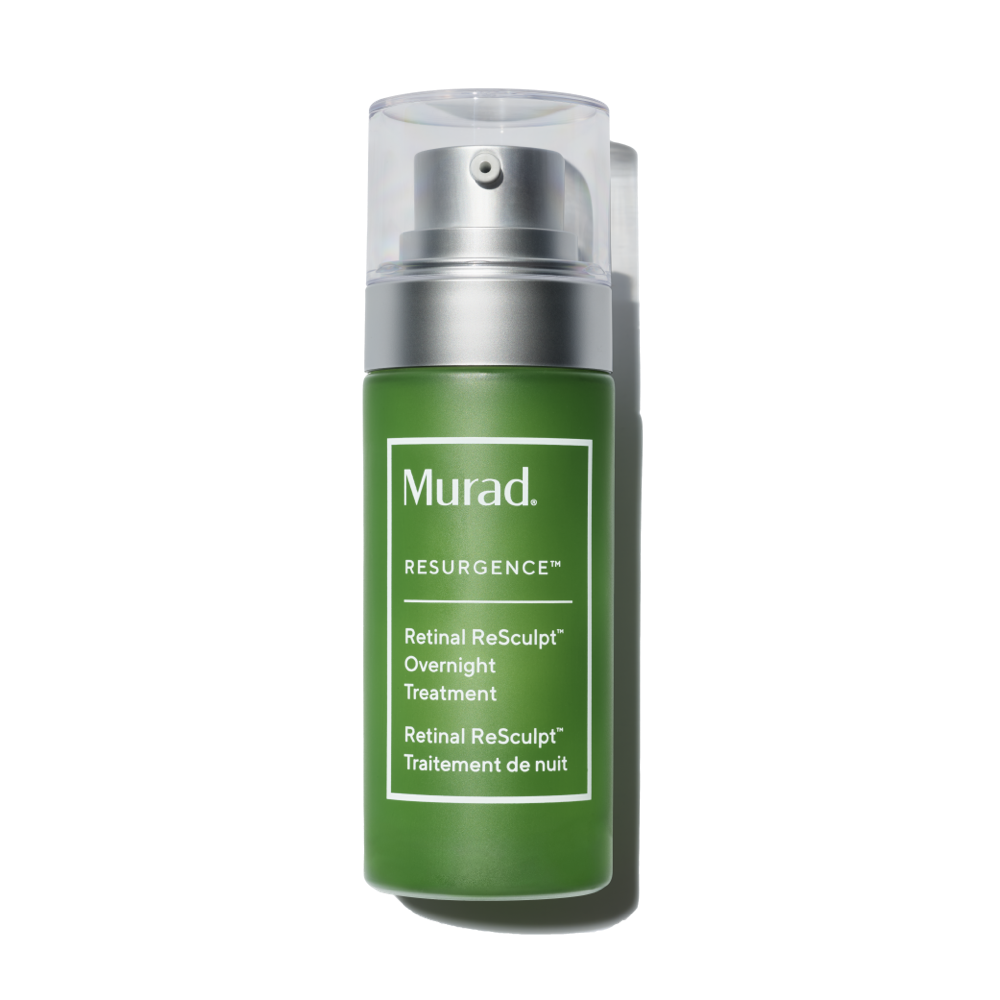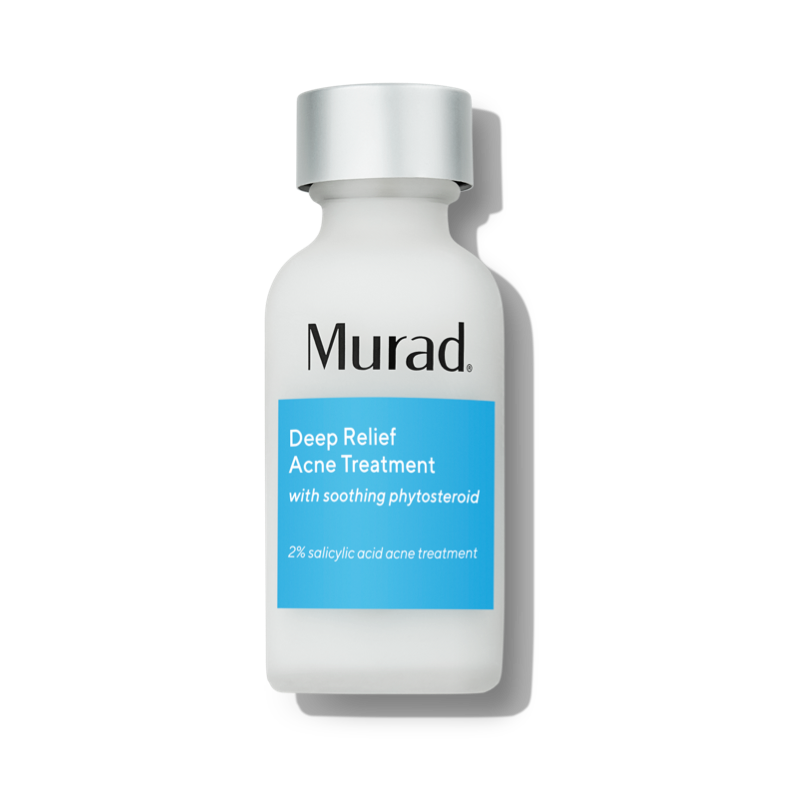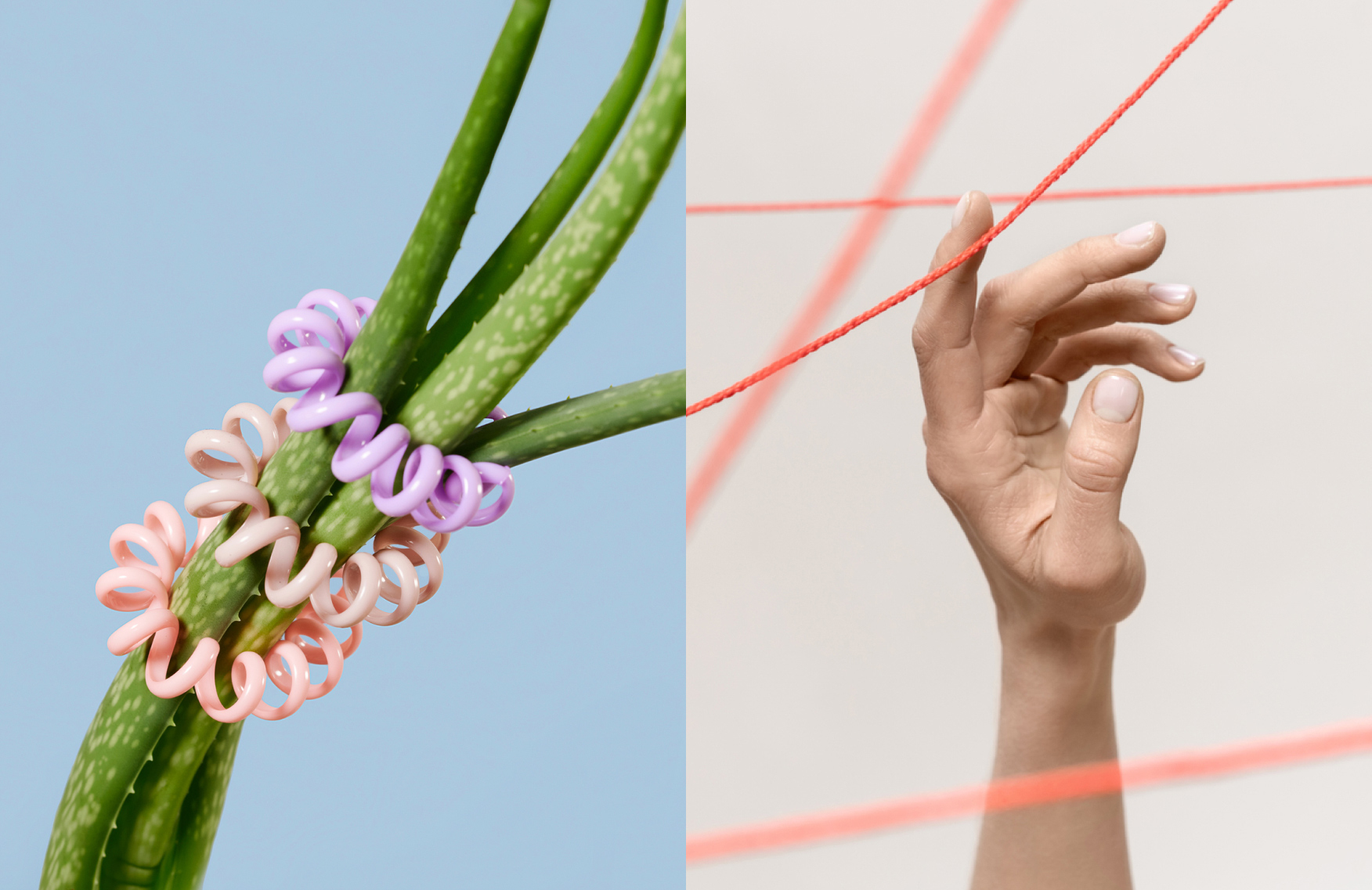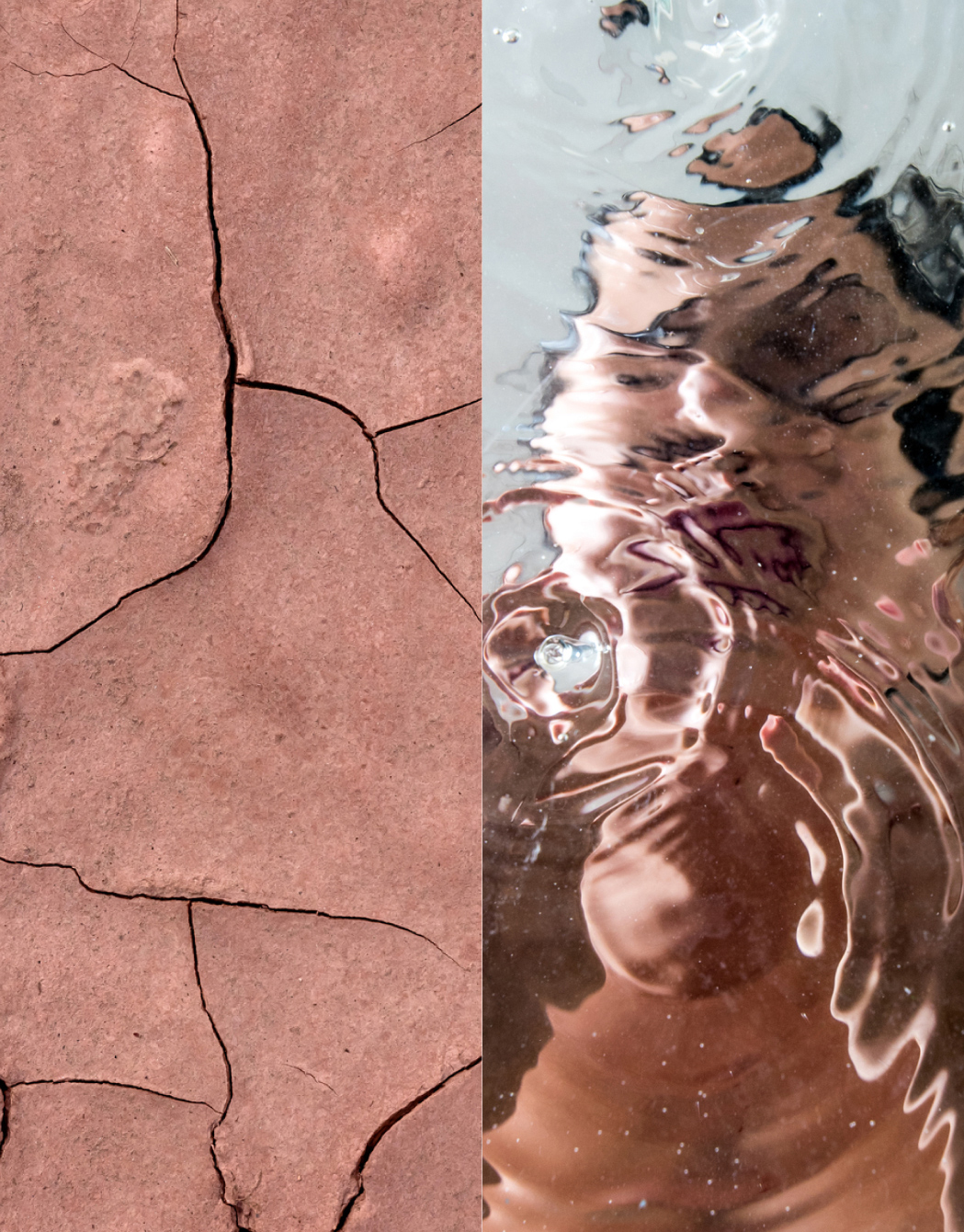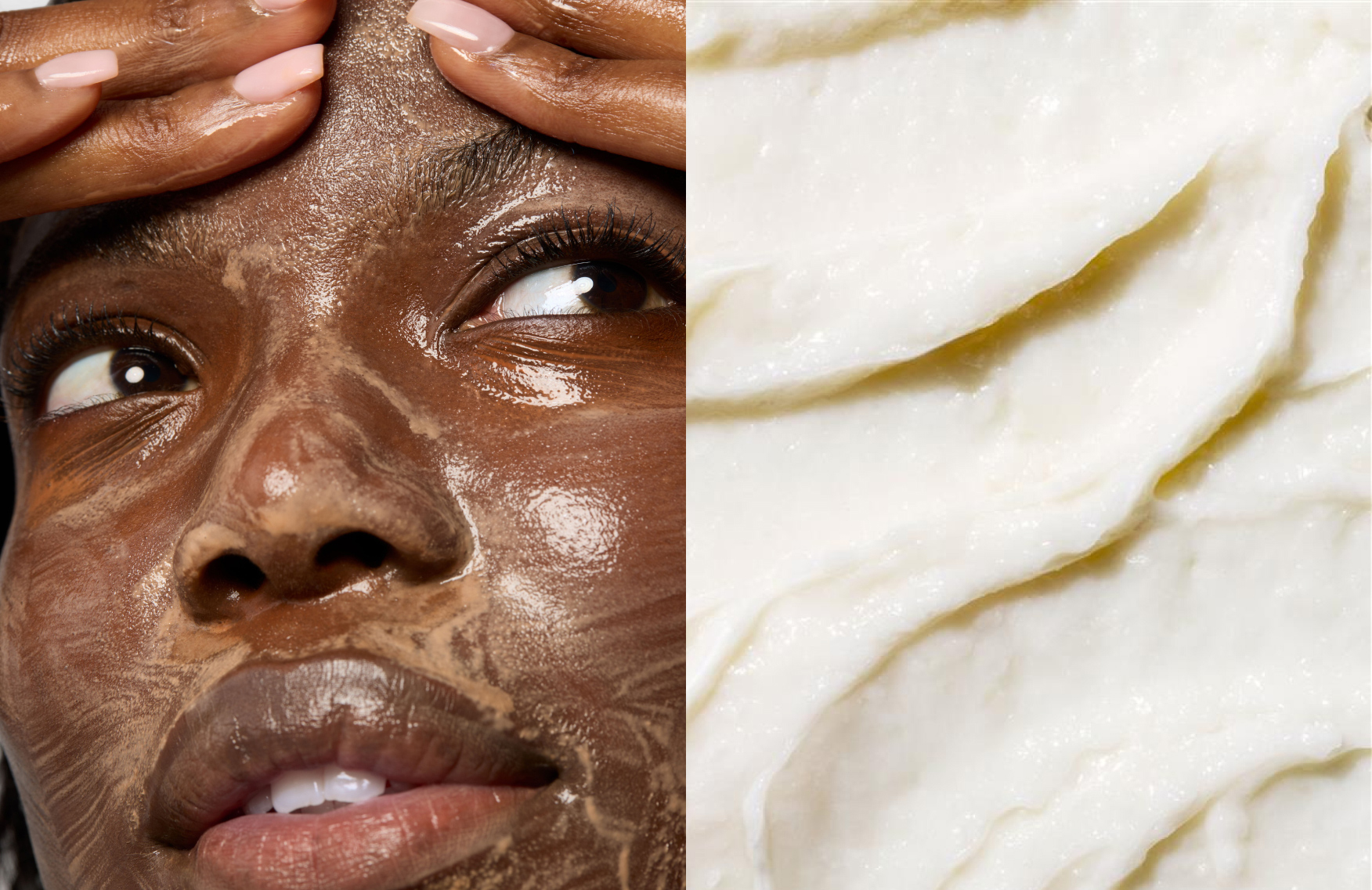Interested in a Hydrafacial? A pro shares the good, bad and ugly of the popular skin treatment
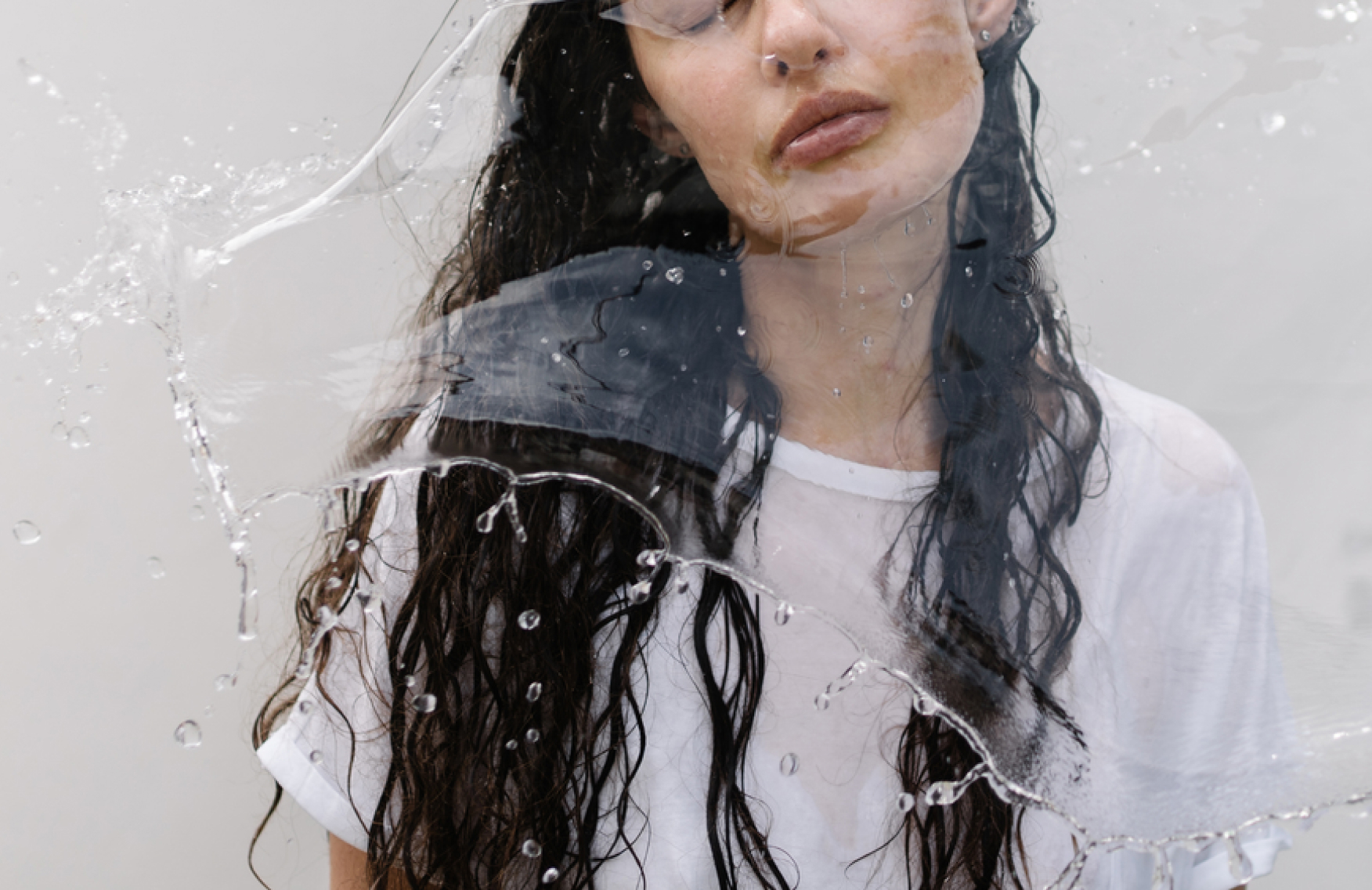
In the ever-evolving world of skincare, there are tons of different treatments that claim to help achieve radiant, healthy skin. However, figuring out which ones actually deliver results is no easy feat. Here, we dive into the popular Hydrafacial treatment. Keep reading to learn all about them including how they work, who they’re best for and the risks and potential side effects to help you decide if it’s a good option for you.
What’s a Hydrafacial and what are the benefits?
A Hydrafacial is a facial treatment that deeply cleanses and exfoliates the skin using a gentle peel. Then, extractions are performed to remove impurities. Lastly, the skin is saturated with hydrating ingredients. The treatment can also be personalized using boosters formulated with active ingredients that target different skin concerns.
The best part? “Unlike a traditional facial, Hydrafacials are painless, non-invasive and come with zero down time,” explains Brittany Blancato, a celebrity esthetician based in New York City. So, you’ll leave each treatment with glowing skin.
Another pro: “Hydrafacial treatments also have clinically proven benefits, like increased hydration, less oil and congestion, less redness and fewer blemishes,” Blancato adds. And, Hydrafacials are also available for different parts of the body.
Who are Hydrafacials for?
Besides the zero downtime and instant post-treatment glow, a big reason Hydrafacials are a fan favorite is because they can be customized to address individual skin needs. “The treatment can be personalized with approximately 15 boosters designed for specific skin concerns, such as skin tone and texture, signs of aging and more,” Blancato says. In other words, they’re a great option no matter your skin type, skin concern or age.
For instance, if acne is a main skin concern, Blancato recommends a booster that targets it from the inside out such as Murad’s Clarifying Booster. “This booster contains AHA’s, vitamin E, hyaluronic acid and an arnica green tea complex, which helps to extinguish bacteria causing acne, exfoliates, and clears away trapped dirt, oil and debris, while also calming, soothing and hydrating the tissue,” she says. “Overall, this booster promotes a clearer, healthier complexion.”
Risks and side effects
“I’ve not heard of any negative feedback or experiences with Hydrafacial patients,” Blancato notes. That said, there are some possible side effects such as redness or post-treatment blemishes due to the combination of salicylic and glycolic acids used in the treatment. Most importantly though, Blancato emphasizes how vital it is to ensure you receive the treatment from a designated Hydrafacial provider as there are other treatments and devices out there that tout similar benefits.
Other considerations before booking one
If you have an active rash or sunburn or have irritated or sensitive skin from using certain topical ingredients, Blancato advises holding off on getting a Hydrafacial. The same goes if you’ve recently received botox or injectables. Hydrafacials are also not intended for use during pregnancy or while nursing, Blancato adds.
And one last thing to keep in mind if you’re interested in booking a Hydrafacial: It works great as a monthly maintenance treatment and it also pairs well with treatments that use other energy-based devices such as lasers and radio frequency.
The views expressed in this article do not necessarily represent the views of Murad, and are for informational purposes only, even if the advice of physicians and medical practitioners are included. This article is not a substitute for professional medical advice, diagnosis or treatment, and should not be considered specific medical advice.
